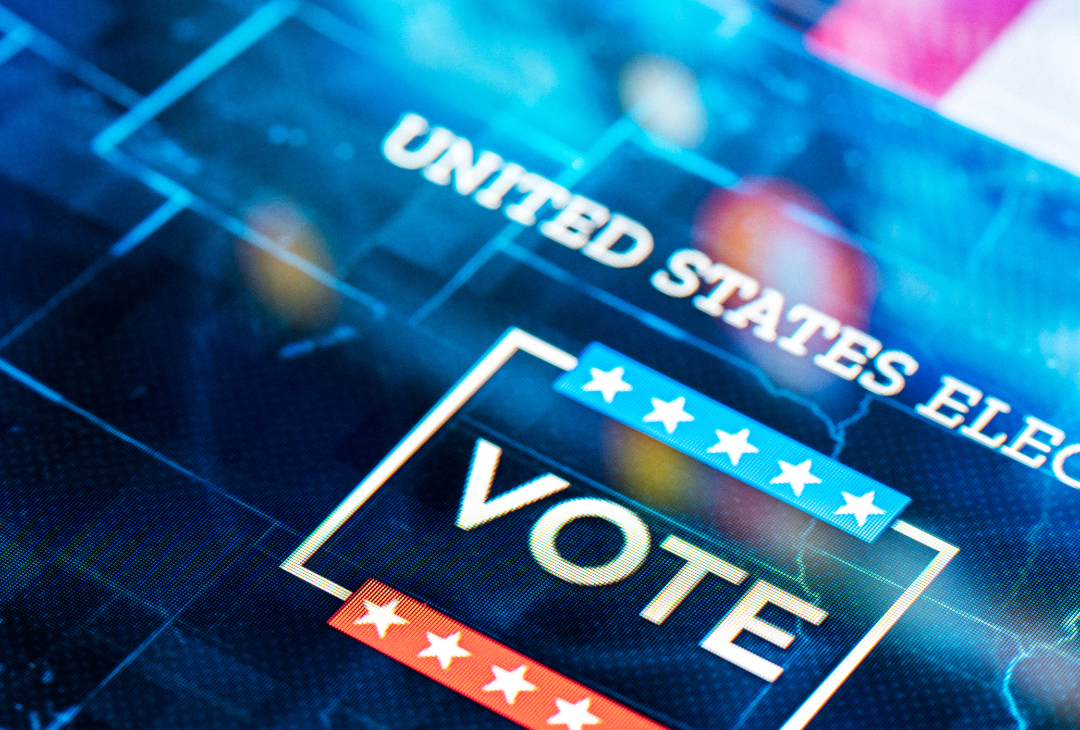The 2024 U.S. election was a landmark not only for its political landscape but also for the unprecedented level of automation deployed across campaigns, media, and governmental operations. From real-time data analytics to streamlined voter outreach, automation played a crucial role in shaping election outcomes and voter experiences. This article explores the types of automation used, their impact, and what it could mean for the future of elections.
The Role of Automation in Political Campaigns
- Automated Data Collection and Analysis
Automation allowed campaigns to gather vast amounts of data on voter preferences, behaviors, and demographics at unprecedented speeds. Tools like predictive analytics and machine learning algorithms sifted through this data, enabling campaigns to fine-tune their strategies based on live feedback, a tactic we’ve seen applied in digital marketing strategies. - Digital Outreach and Social Media Automation
Automation powered everything from scheduling social media posts to segmenting audiences for tailored messages. Campaigns used social media tools to streamline content distribution, ensuring that the right message reached the right audience at the right time. This is similar to how social media marketing works across industries, using automation to maximize engagement. - AI-Driven Voter Interaction
Chatbots and AI assistants were widely used to engage with voters, answer questions, and guide them through the voting process. These systems provided valuable support, especially for first-time voters or those in areas with limited access to campaign information.
Automations Used in Media Coverage
- Real-Time Fact-Checking
Automation in media also contributed to election transparency. Real-time fact-checking tools, powered by natural language processing (NLP) algorithms, helped media outlets verify claims as they were made. This ensured misinformation was quickly identified and addressed, building a more transparent environment around political communication. - Automated News Generation
With large-scale NLP models, news agencies could generate summaries and recaps of events almost instantly. Automated reports based on live data allowed voters to receive continuous updates, enhancing their engagement and knowledge in real-time, similar to how real-time analytics are used in other data-driven industries.
Automations in Voter Registration and Security
- Automated Voter Registration Systems
Many states adopted automated voter registration systems in 2024, integrating data from public records to reduce errors and ensure a smoother registration process for eligible voters. - Enhanced Security through Blockchain Automation
Blockchain, a transformative technology often associated with data security, was explored as a security measure to authenticate and track ballots. This automation ensured each vote remained traceable and secure, minimizing tampering risks. Blockchain’s impact in this context highlights its broader role in data security across sectors.
Potential Future Implications of Automation in Elections
The automation seen in the 2024 election provides a glimpse into a future where technology could play an even larger role in elections. Potential benefits include greater voter engagement, increased efficiency, and enhanced transparency. However, concerns around data privacy, algorithmic biases, and the potential for manipulation remain, as seen in similar debates surrounding blockchain voting systems.
Conclusion
Automation in the 2024 U.S. election was transformative, bringing about efficiency, accessibility, and transparency while also raising important questions about the future. As automation continues to evolve, so too will its role in shaping democratic processes.








Leave a Reply